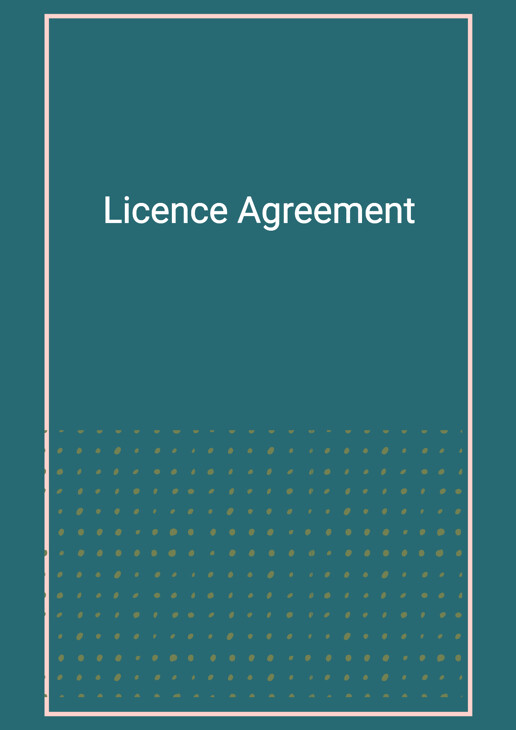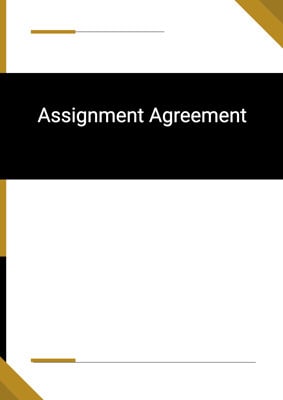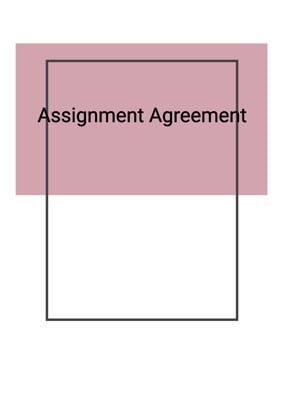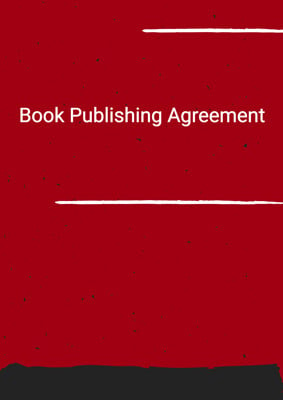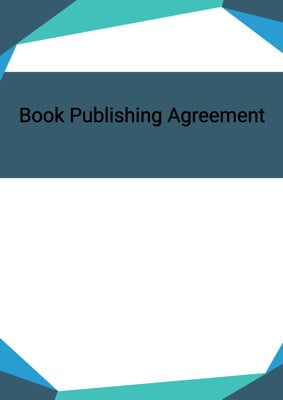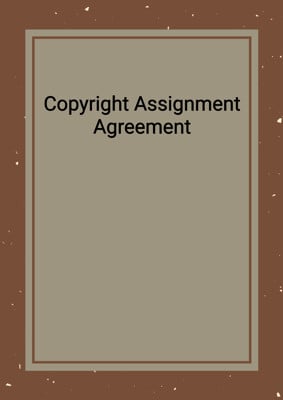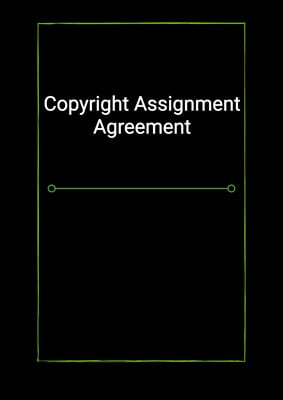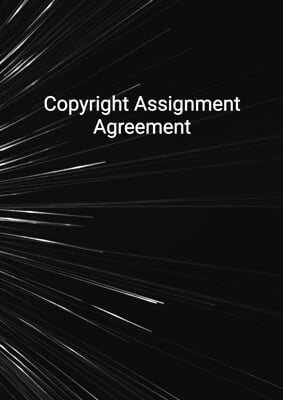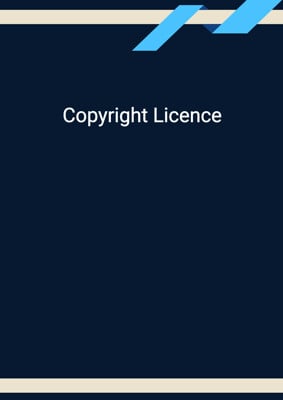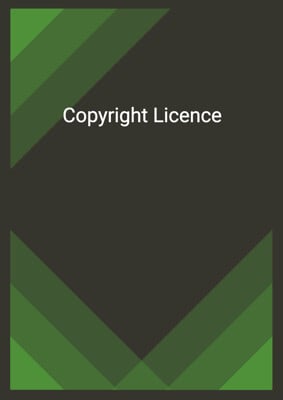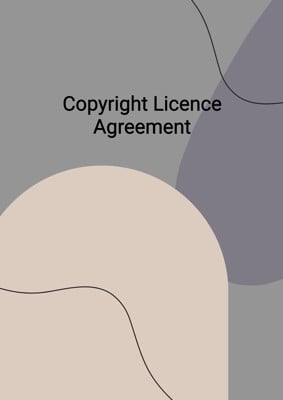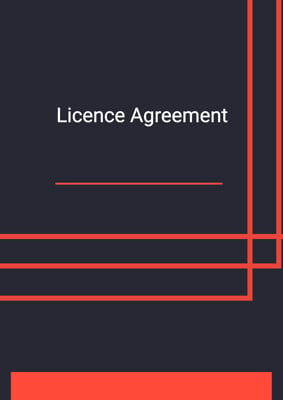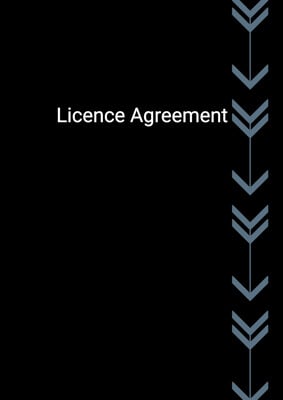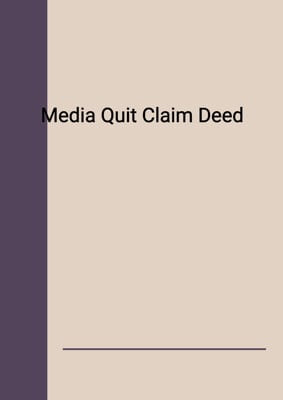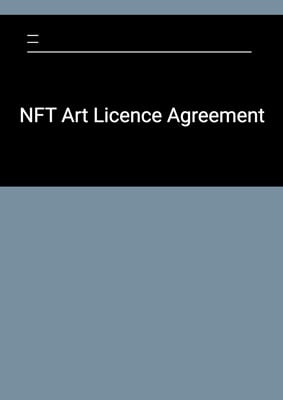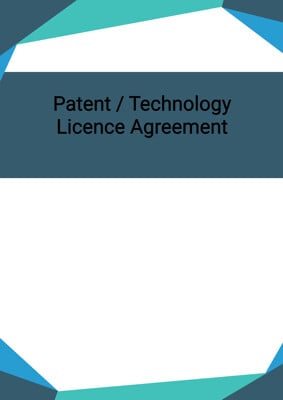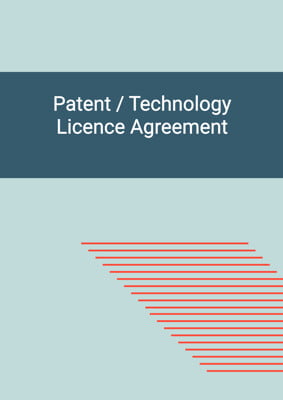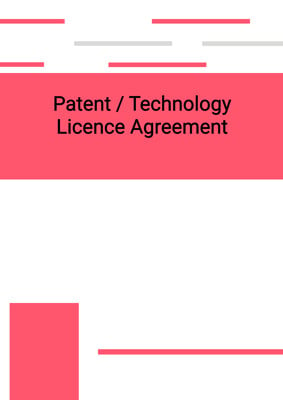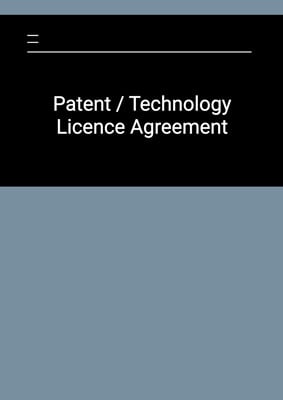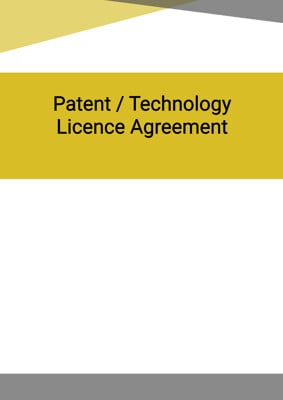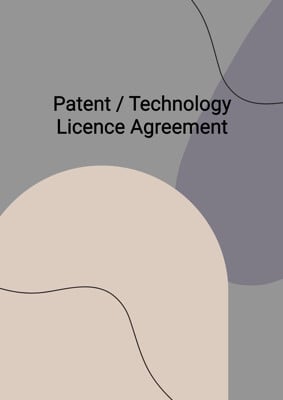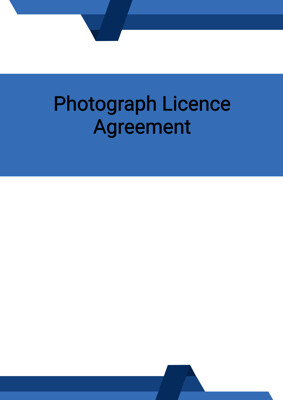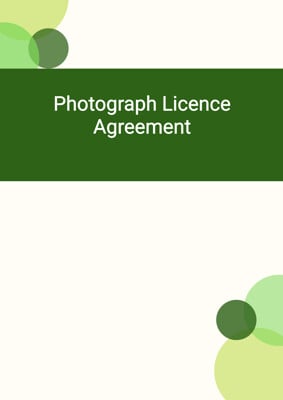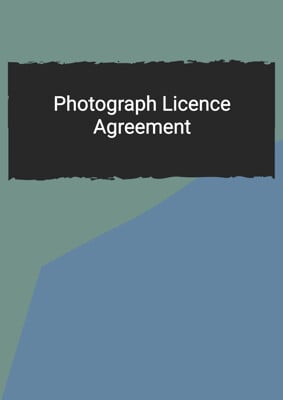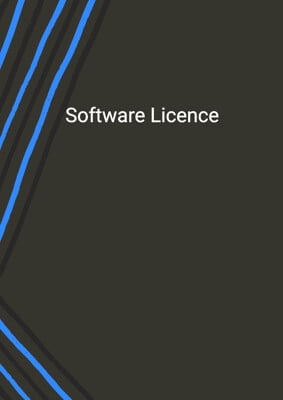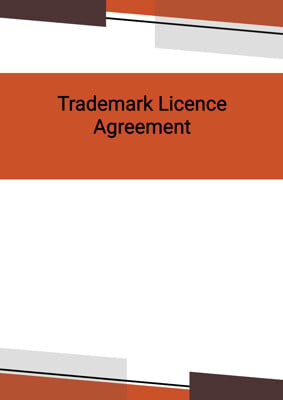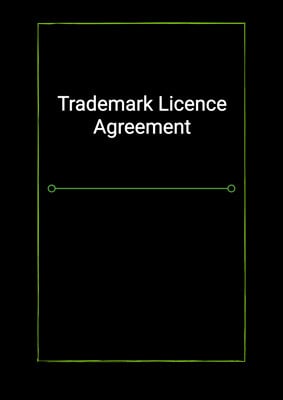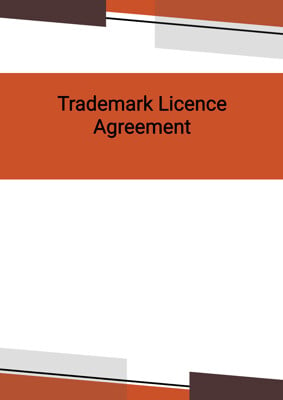How to Tailor the Document for Your Need?
01
Create Document
Fill in the details of the parties. You can click the "Fill with Member’s Information" button to complete it with information saved to your account.
02
Fill Information
Please fill in any additional information by following the step-by-step guide on the left hand side of the preview document and click the "Next" button.
03
Get Document
When you are done, click the "Get Document" button and you can download the document in Word or PDF format.
04
Review Document
Please get all parties to review the document carefully and make any final modifications to ensure that the details are correct before signing the document.
Document Preview
Document Description
This Licence Agreement is a legal document that outlines the terms and conditions for granting a license to use the licensed property. The importance of this document lies in its ability to protect the rights and interests of both the licensor and the licensee. It establishes a clear understanding of the purpose, scope, and limitations of the license, ensuring that both parties are aware of their rights and obligations.
The entire document is divided into several sections, each serving a specific purpose. The first section, 'Definitions,' provides a clear understanding of the key terms used throughout the agreement. This ensures that both parties are on the same page when it comes to interpreting the document.
The second section, 'Interpretation,' clarifies that the clause headings are for reference purposes only and do not affect the interpretation of the agreement. It also highlights that any reference to an enactment includes future amendments or replacements.
The third section, 'Grant of Licence,' outlines the conditions under which the licensor grants the licensee the right to use the licensed property. It specifies whether the license is exclusive or non-exclusive and defines the purpose for which the licensee is authorized to use the licensed property.
The fourth section, 'Conditions of Use,' sets out the obligations and restrictions imposed on the licensee. It ensures that the licensee uses the licensed property only for the specified purpose and complies with all applicable statutory and regulatory requirements. It also prohibits the licensee from making any amendments or adaptations that suggest endorsement or engaging in unauthorized distribution or sale.
The fifth section, 'Payment,' specifies the one-time fee payable by the licensee to the licensor for the license. It outlines the payment terms and clarifies that any applicable taxes or withholding tax should be paid by the licensee.
The sixth section, 'Warranty and Indemnity,' establishes the licensee's obligation to exercise reasonable skill, care, and diligence in performing the agreement. It also requires the licensee to indemnify the licensor against any claims or liabilities arising from the licensee's acts or omissions.
The seventh section, 'Ownership,' emphasizes that the licensor is the sole and exclusive owner of the licensed property. It prohibits the licensee from making any representation or act that suggests ownership and requires the licensee to acknowledge the licensor's ownership in its advertisements and media statements.
The eighth section, 'Assignment and Other Dealings,' allows the licensor to assign or transfer its rights and obligations under the agreement. It also prohibits the licensee from assigning or dealing with its rights and obligations without the licensor's consent.
The ninth section, 'Duration of Agreement,' specifies the duration of the agreement, whether it is a fixed term, continuing term, or renewable term. It outlines the commencement and end dates of the agreement and the conditions for renewal.
The tenth section, 'Termination,' provides the conditions under which either party can terminate the agreement. It allows termination with prior written notice or immediate effect in case of a material breach. It clarifies that termination does not release the parties from any accrued liabilities.
The eleventh section, 'Resolving Disputes,' encourages the parties to resolve any disagreements through amicable discussions and mediation. It acknowledges the parties' right to seek urgent relief to protect their legal rights.
The twelfth section, 'Severability,' ensures that each provision of the agreement is severable, and if any provision becomes illegal, invalid, or unenforceable, it can be deleted without affecting the rest of the agreement.
The thirteenth section, 'Waivers and Amendments,' clarifies that no failure or delay in exercising any right or remedy under the agreement shall operate as a waiver. It also states that any amendments or waivers must be made in writing.
The fourteenth section, 'Entire Agreement,' confirms that this agreement contains the entire understanding between the parties and supersedes any other agreements or promises.
The fifteenth section, 'Governing Law and Jurisdiction,' encourages the parties to resolve disputes amicably and in good faith. It also specifies the jurisdiction for any legal proceedings.
In summary, this Licence Agreement is a comprehensive legal document that establishes the terms and conditions for granting a license to use the licensed property. It covers definitions, interpretation, grant of license, conditions of use, payment, warranty and indemnity, ownership, assignment and other dealings, duration of agreement, termination, resolving disputes, severability, waivers and amendments, entire agreement, and governing law and jurisdiction.
How to use this document?
To use this Licence Agreement effectively, follow these steps:
1. Familiarize yourself with the definitions provided in the 'Definitions' section. This will ensure a clear understanding of the key terms used throughout the agreement.
2. Review the 'Grant of Licence' section to determine whether the license is exclusive or non-exclusive and the specific purpose for which you are authorized to use the licensed property.
3. Read the 'Conditions of Use' section carefully to understand your obligations and restrictions as a licensee. Ensure compliance with all statutory and regulatory requirements and refrain from unauthorized amendments, adaptations, or distribution.
4. Make the one-time fee payment specified in the 'Payment' section within the specified timeframe. Take note of any applicable taxes or withholding tax.
5. Exercise reasonable skill, care, and diligence in performing your obligations, as outlined in the 'Warranty and Indemnity' section. Be prepared to indemnify the licensor against any claims or liabilities arising from your acts or omissions.
6. Acknowledge and respect the licensor's ownership of the licensed property, as stated in the 'Ownership' section. Include appropriate statements in your advertisements and media statements.
7. Seek the licensor's consent before assigning or dealing with your rights and obligations under the agreement, as outlined in the 'Assignment and Other Dealings' section.
8. Understand the duration of the agreement based on the terms specified in the 'Duration of Agreement' section. Take note of any conditions for renewal, if applicable.
9. Adhere to the conditions for termination stated in the 'Termination' section. Ensure compliance with notice periods and avoid any material breaches that could lead to immediate termination.
10. In case of any disputes, follow the process outlined in the 'Resolving Disputes' section. Attempt to resolve disagreements amicably and consider mediation if necessary.
11. Keep in mind the severability of provisions mentioned in the 'Severability' section. If any provision becomes illegal or unenforceable, it may be deleted without affecting the rest of the agreement.
12. Any amendments or waivers to the agreement must be made in writing, as stated in the 'Waivers and Amendments' section. Seek the necessary consent from the other party.
13. Remember that this agreement contains the entire understanding between the parties, as mentioned in the 'Entire Agreement' section. Refer to this agreement as the primary source of terms and conditions.
14. Finally, be aware of the governing law and jurisdiction specified in the 'Governing Law and Jurisdiction' section. Understand the applicable laws and the jurisdiction for any legal proceedings.
By following these steps, you can effectively use this Licence Agreement and ensure compliance with its terms and conditions.
Not the right document?
Don’t worry, we have thousands of documents for you to choose from:
